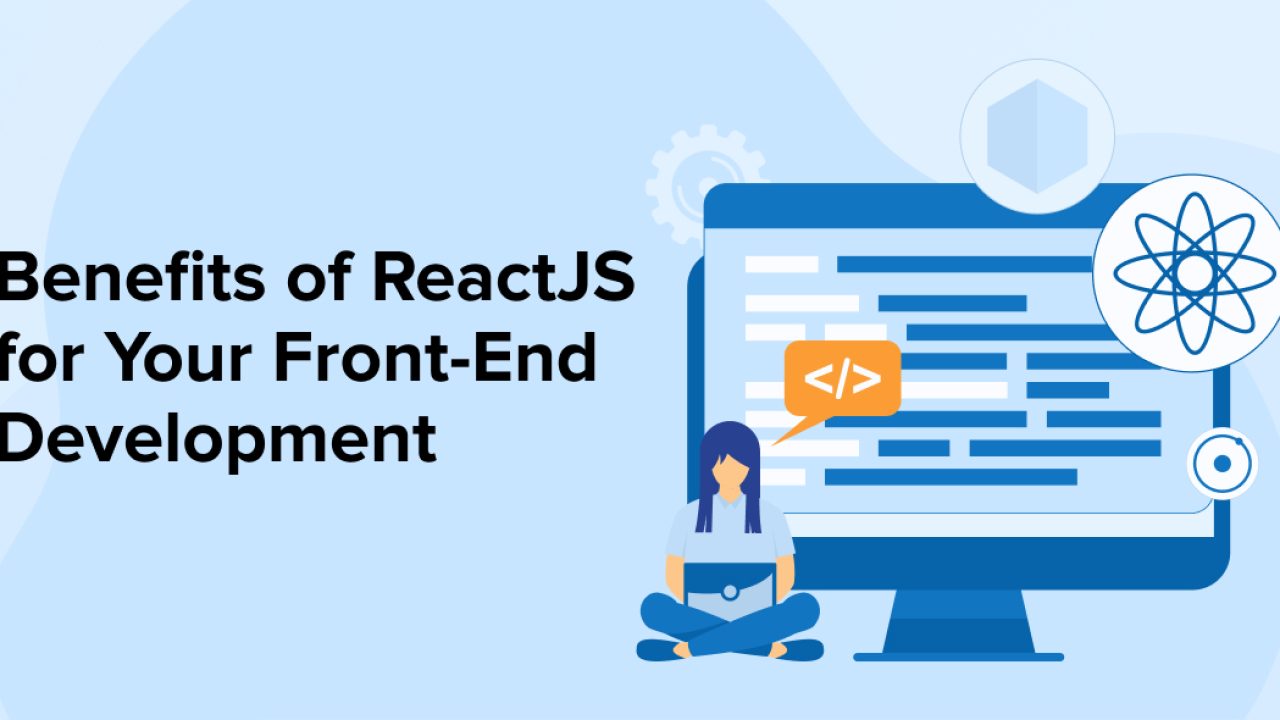Pulse of Information
Your source for the latest insights and updates.
React Reloaded: Why Your Next Project Needs Hooks
Unlock the power of React hooks! Discover why your next project can't afford to miss out on this game-changing feature.
Understanding React Hooks: A Deep Dive into Their Benefits
React Hooks are a revolutionary feature introduced in React 16.8 that allow developers to use state and other React features without writing a class. They provide a more functional approach to managing component state and lifecycle methods, which can lead to cleaner and more maintainable code. By utilizing hooks, developers can extract logic from components into reusable functions, enhancing code reuse and simplifying complex components. This results in a better organization of code, especially in larger applications where state management can become cumbersome.
One of the primary benefits of using React Hooks is the ability to manage state in a more concise manner. With hooks like useState and useEffect, developers can easily add local state to functional components and perform side effects while keeping code organized. Furthermore, hooks encourage developers to embrace composition over inheritance, enabling the creation of custom hooks that encapsulate specific functionalities. This aspect enhances code readability and reduces the risk of bugs, making it easier to reason about the state and behavior of components.

5 Reasons to Use Hooks in Your Next React Project
When developing applications with React, leveraging Hooks can significantly enhance your project's structure and maintainability. One of the crucial reasons to use Hooks is that they allow for state and lifecycle features to be used in functional components, removing the need for class components in many cases. This not only simplifies your code but also promotes the principle of code reusability, as you can extract Hooks into reusable functions, thereby streamlining your development process.
Another significant advantage of incorporating Hooks into your React project is improved performance. By using built-in optimization techniques like useMemo and useCallback, developers can minimize unnecessary re-renders and optimize performance more efficiently than traditional class-based components. Furthermore, using Hooks encourages better separation of concerns, allowing developers to build more intuitive and manageable components. In conclusion, the adoption of Hooks not only leads to cleaner code but also fosters better performance and reusability in your React applications.
Are Hooks the Future of React? Exploring Their Impact on Development
In recent years, Hooks have transformed the way developers approach component design in React. Introduced in React 16.8, Hooks allow developers to use state and other React features without writing a class. This shift toward a more functional programming paradigm not only simplifies component logic but also encourages the reuse of stateful logic across components. As developers increasingly adopt this new feature, it's evident that Hooks are becoming an integral part of React's ecosystem, shaping the future direction of development.
The impact of Hooks extends beyond mere syntactic sugar; they promote cleaner code and better separation of concerns. For instance, by leveraging custom hooks, developers can encapsulate complex logic and share it easily across different components. This not only enhances code readability but also facilitates easier testing and maintenance. As the React community continues to embrace Hooks, we can anticipate a shift in best practices that prioritizes functional components, making them the cornerstone of modern React development.